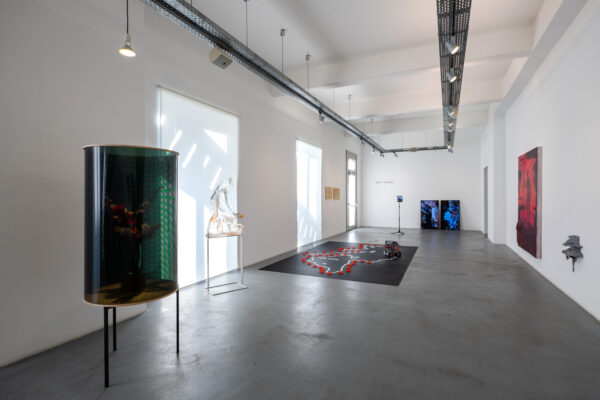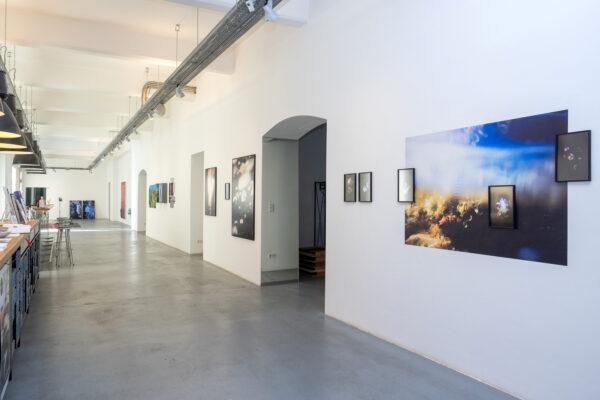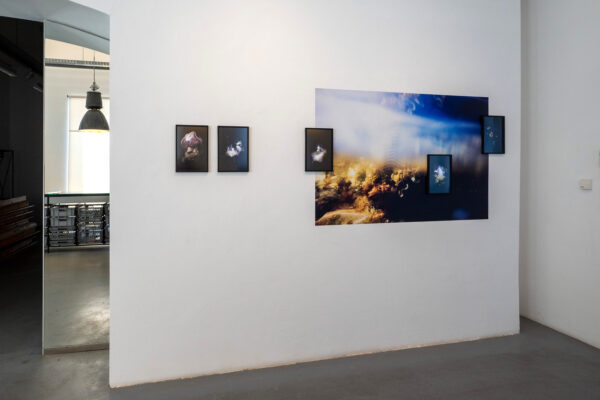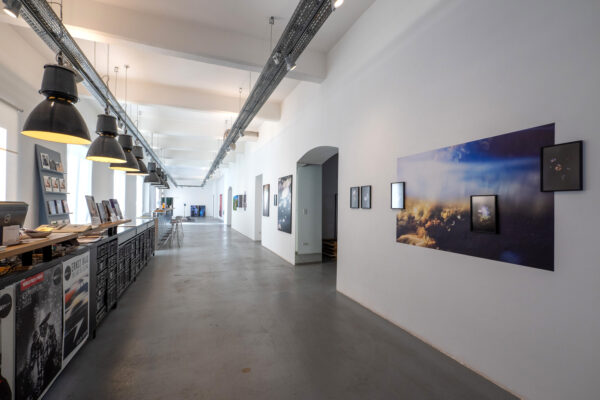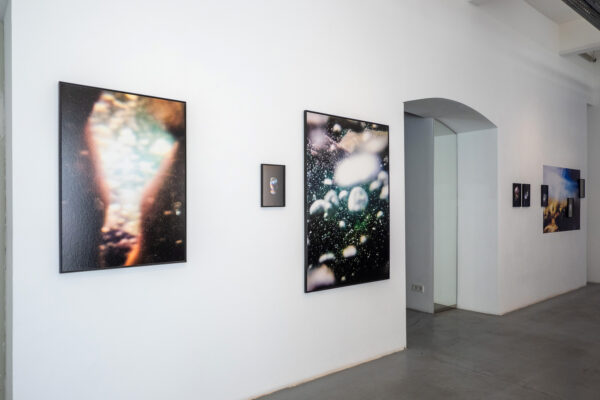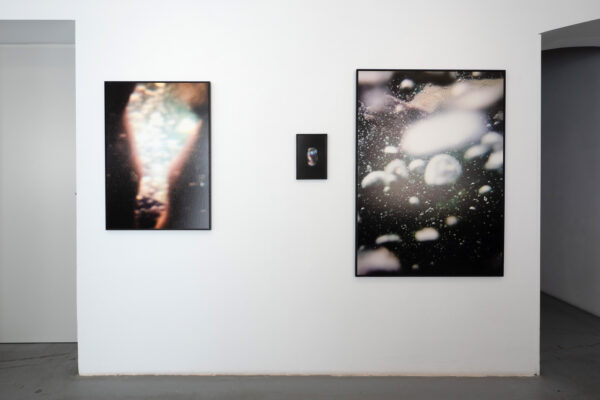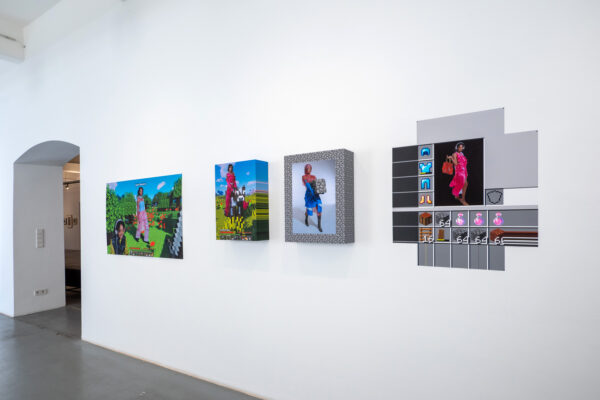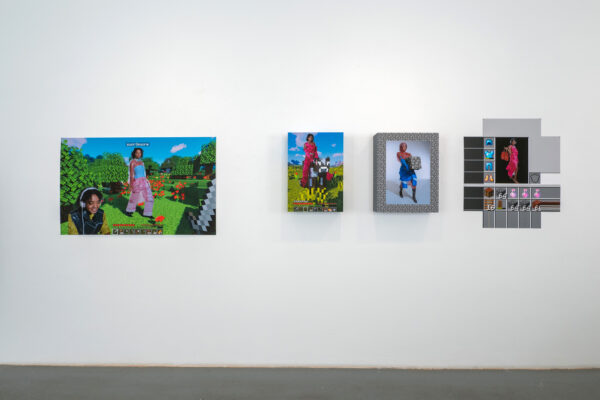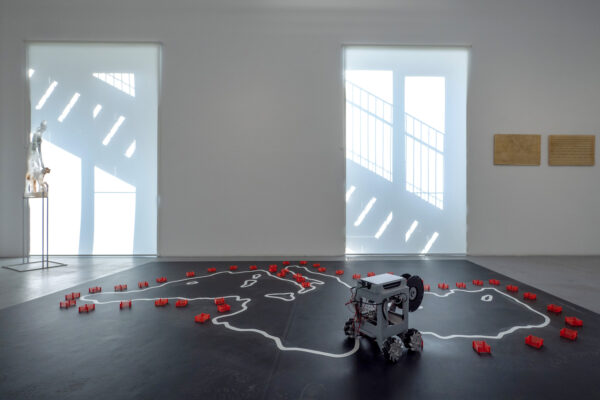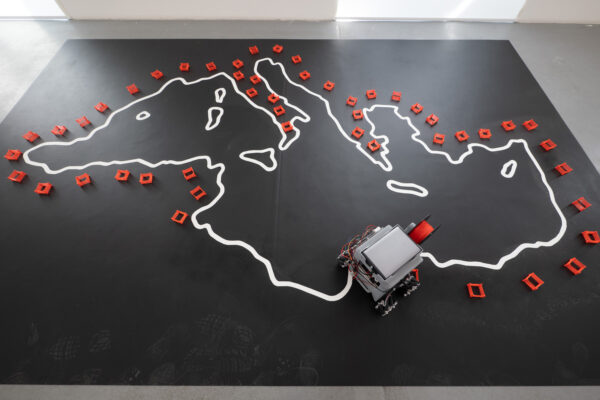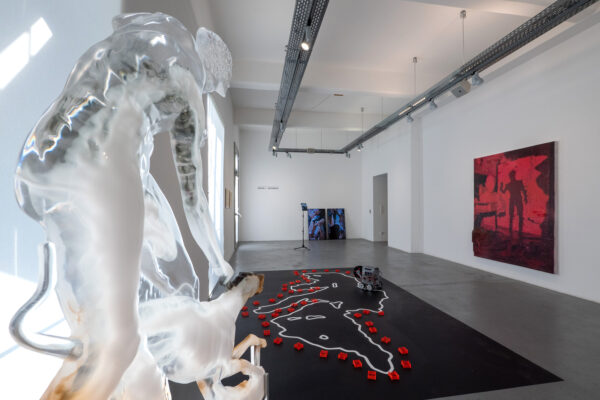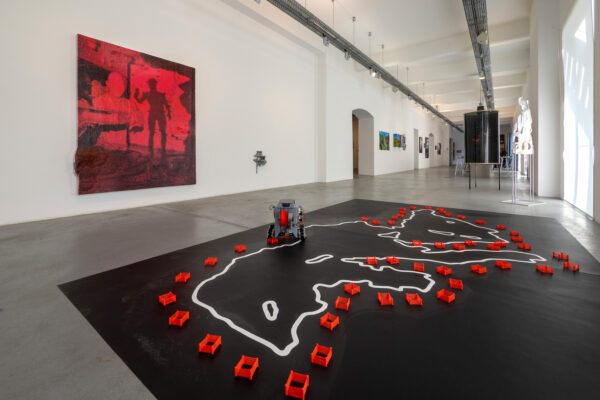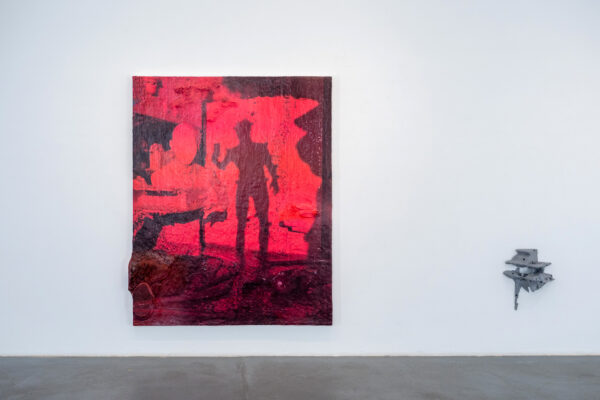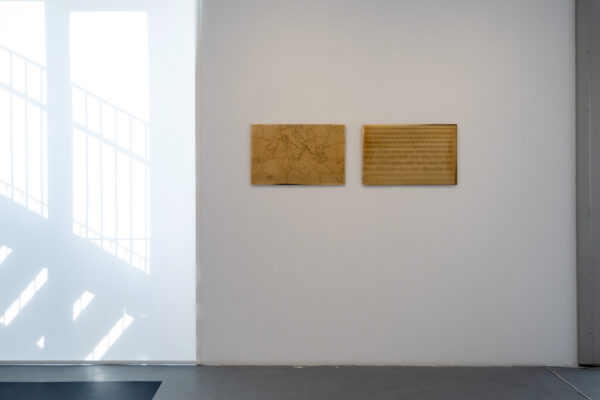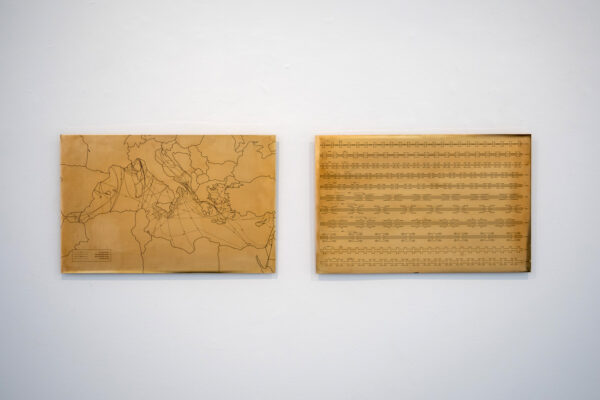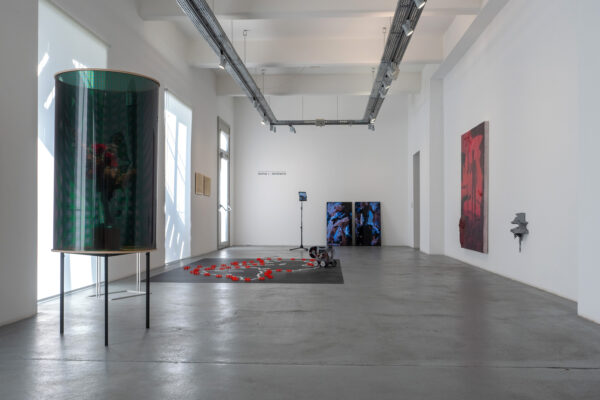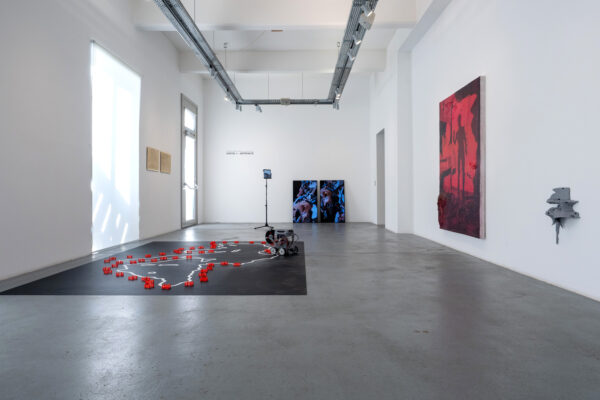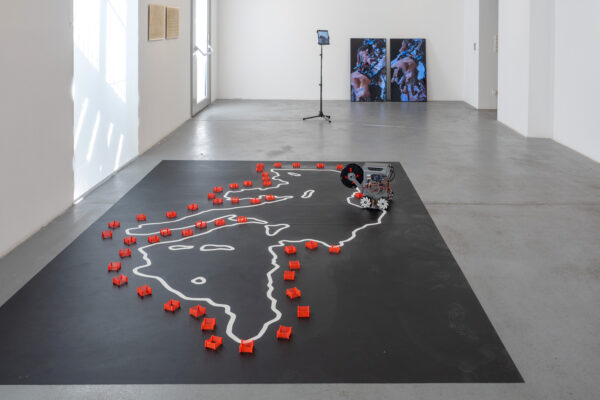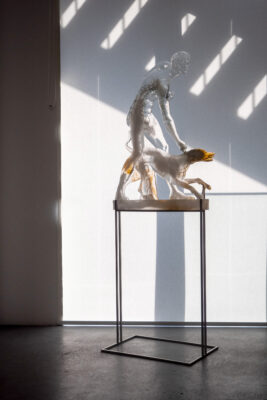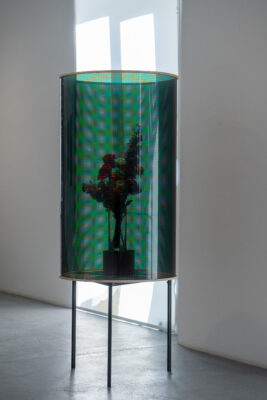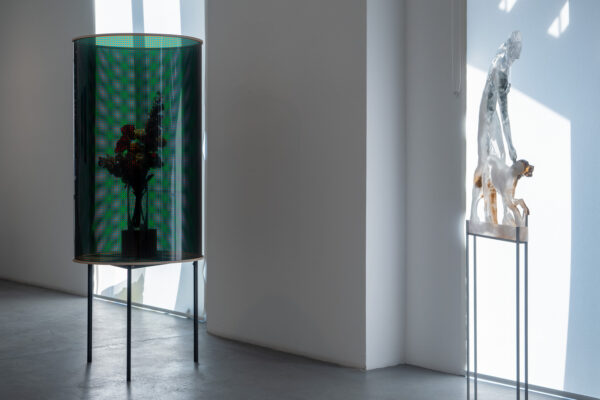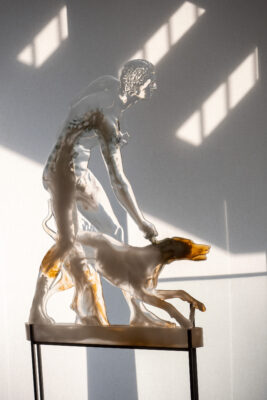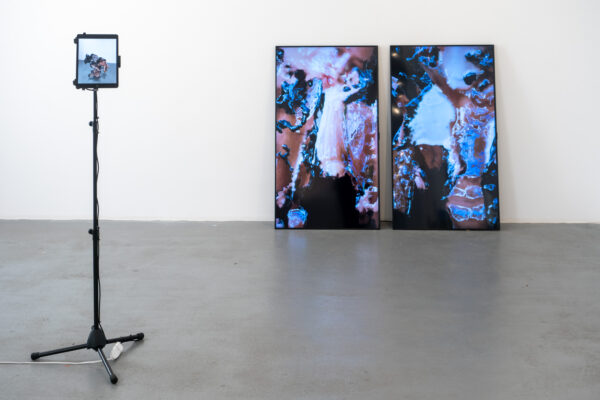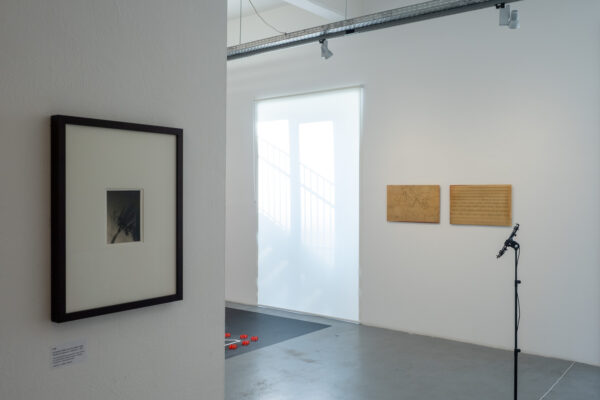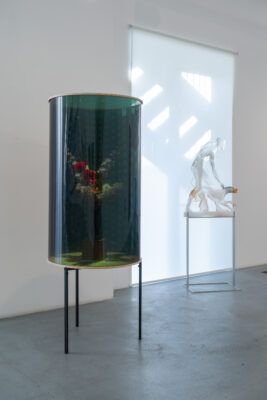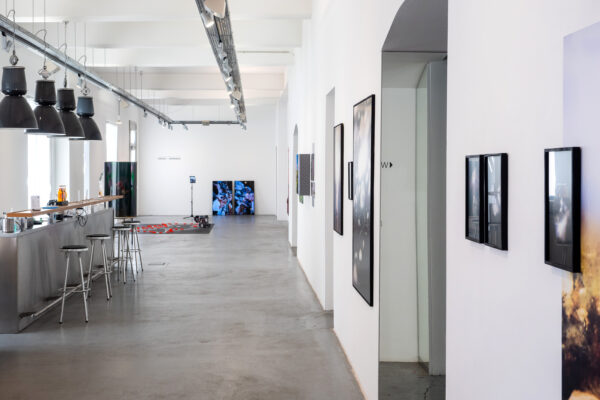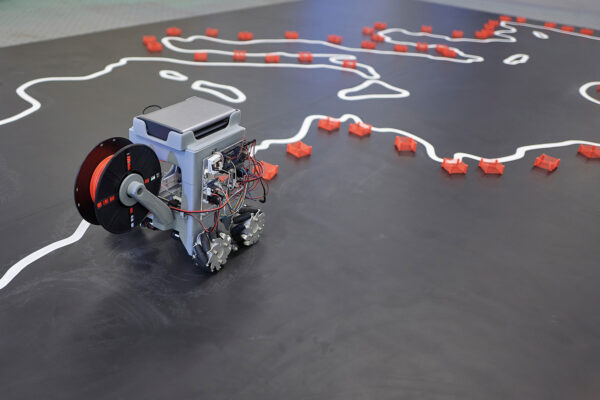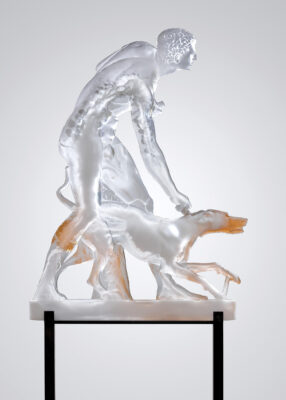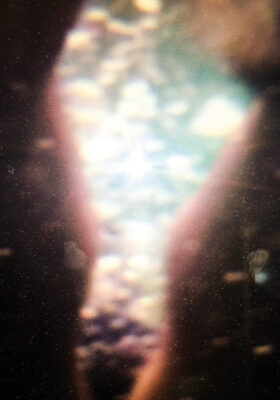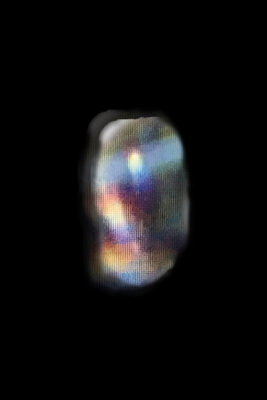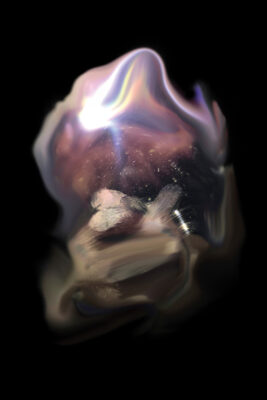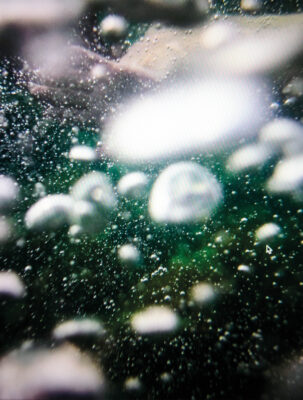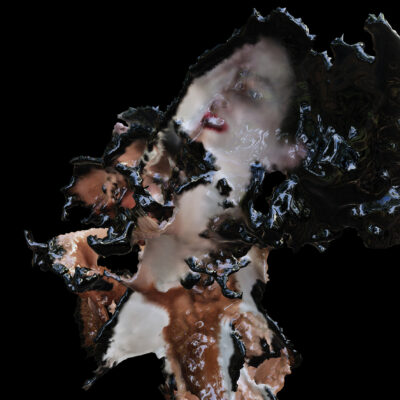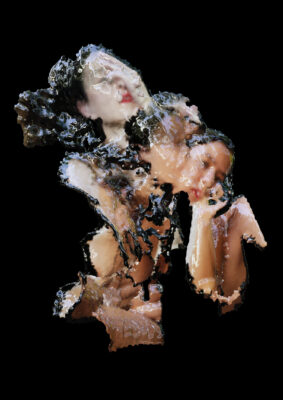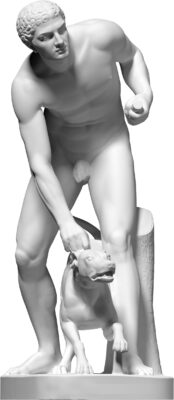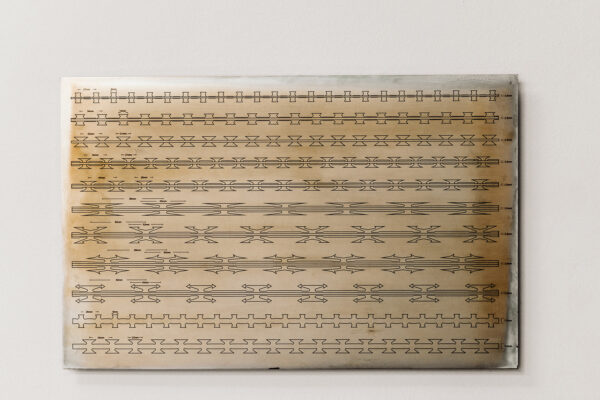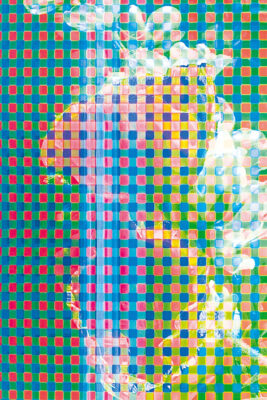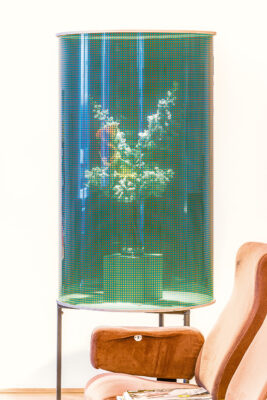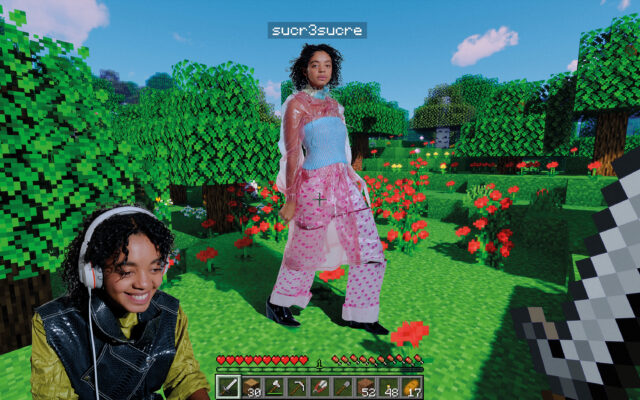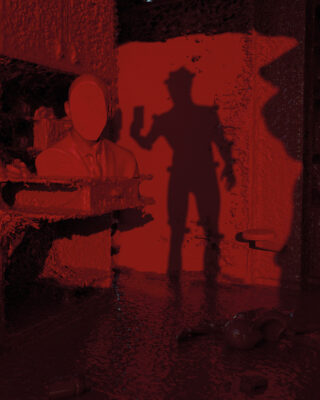Opening: Wednesday, 2 November 2022 at 7 p.m.
Joint opening with the preview of the OstLicht Photo Auction
Opening speech: Johan Nane Simonsen
Exhibition place: OstLicht, Absberggasse 27/3, 1100 Vienna, www.ostlicht.org
Opening hours, OstLicht: Mi–Sa 12–6 p.m.
Supporting program / artist talks in the exhibition:
Wed, 23 Nov, 5 p.m. (on time).
Simon Lehner
Wed, 14 Dec, 5 p.m. (on time)
Ruth Schnell
Wed, 12 Jan 2023, 5 p.m. (on time)
Robert Bodnar
sponsored by: BMKOES; MA7-Culture; Cyberlab
In the first of its current series of focus exhibitions, DIGITAL, the FOTOGALERIE WIEN addresses issues that have shaped our whole epoch. Speculation about workers spending a great portion of their waking life with their eyes glued to a monitor no longer belongs to the realm of fiction. The globe rotates beneath a net of satellites that continuously generate images of its surface. Almost all of us carry a computer in our trouser pockets, we are all under surveillance, measured and expressed in two numbers: zero and one.
Digitalisation has had wide-ranging consequences for photography. Some have declared it dead. But contrarily photographic imaging processes have developed into an important principle of our digital lifestyle. Photographs are produced and consumed in unprecedented numbers. Photographs on small, garish screens have become the interface of algorithms and our emotions, desires, fears and dreams.
We dare to cast a gaze on this present and present, in three exhibitions centred on the DIGITAL, an overview of the technologies and the reactions of artists to them. Together with them we are attempting to get a sense of the intangible and to assess its potential and dangers.
As it is generally used in the language, “artefact” refers to “something made by human hands”. One thinks of old, finely-crafted objects that have survived their creators. In the context of photography and digital images, “artefact” has acquired a further meaning: an aberration, an image that deviates from its source and is rooted in the peculiarities of the image process that has been used. Here, noise or pixel clusters are artefacts which make the mechanics of the apparatus itself visible. We can draw conclusions about the nature of the technology on the basis of these defects. Digital imaging is often perceived as being inorganic, rational and too perfect. You could say that these image artefacts or glitches show its materiality, its physicality.
It is remarkable that the same word is used for art works and errors. What both have in common: something is materialised, something pushes through from one reality into another, something unexpected takes on form, becomes an autonomous object, interrupts the illusion of coherence. (Johan Nane Simonsen)
In the complex of works entitled Autochrome Studies by Robert Bodnar various imaging processes, algorithms and hardware are transformed into analogue objects. Photography explores itself. The title refers to the autochrome process, an early photographic method of producing colour photos. The installation, Autochrome Study #1 {Bayer CFA} uses analogue filters to simulate the aesthetics from raw colour data delivered by a modern colour sensor, before the algorithms that create a “readable” image are applied. A colourful flower placed behind the cylinder of filters is dis-integrated and pixelated. Moiré effects dominate as the viewer moves round the installation, producing a dynamic virtual appearance – digital and analogue phenomena mix.
The artistic position of Oliver Laric is not only based on the reception of art, but also on the transitions of art within a digital realm and the conditions of a physical reality. In his work, Laric draws, among other things, on historical sculptures that already exist in various locations; this act brings forth a more in-depth investigation of reproduction and originality as well as modification and variability. The neoclassical sculpture Hunter and Dog (1847) by John Gibson (1790–1866) was one of the starting points of Laric’s ever-growing collection of 3D scans. Since 2012, Laric has published his 3D scans on „threedscans.com”, a website where all digital scans are available to download and freely use. After the scanning process, Laric transformed the 3D model of Hunter and Dog (2018) into a low relief, which became a series of reliefs each time different due to its casting process.
The beginning of the pandemic triggered a strongly regressive phase for Julian Lee-Harather where his sole coping mechanism was escaping into simulation/sandbox games, such as animal crossing and Minecraft, that reminded him of familiar times during his childhood. Around three-hundred hours of the lockdown were dedicated to digital realms, becoming, for a brief moment more real than reality itself. The pictures were taken right before the second quarantine lockdown in autumn of 2020, and the most instinctive setting for a shooting was a
space that was most familiar and comfortable to him at that time. Putting fashion photography in this setting, in a way made his gaming addiction feel more like an extensive research project in his artistic endeavour.
Simon Lehner’s works examine aspects of human emotions via photographic observation; they contain autobiographical references and orbit subjects such as identity and maleness and their effects on society. In the most recent works there is a stronger focus on the cognitive aspects of memory, “mental health” and the control that images have in relation to our collective behaviours. Lehner uses the medium of photography as a building block; images that are normally two dimensional are transferred to new forms. These range from image-based sculptures and paintings in which the pixels of the original photos are extended and expanded into physical space, to works that are partly painted by robots and 3D animated videos. What binds them all together is their material of origin which comes from a series of archived personal photos.
Martina Menegon shows untouched, a series of self-portraits created through 3D scanning and presented as unaltered online virtual and Augmented Reality sculptures. The virtual fragmented bodies in untouched exist as well in the blockchain as editions of NFTs to collect and care for. Additionally to the Augmented Reality, the sculptures come differently alive in a screen space, as organic and almost abstract detail of the original virtual body, seamlessly moving and unraveling in front of the visitor’s eye. Capturing her physical body in movement while scanning, Martina Menegon pushes the practice of selfies and self-portraiture to the limit by performatively and consciously glitching the body, generating new simulated fluid identities as well as new authentic and perceivable avatars.
Virtual memory storages compensate for the imperfections of human memory. The project, Gloom of Mnemosyne, by Michaela Putz undertakes an attempt to re-appropriate this technological form of memory. This is based on data, pixels, spots of light: raw data that have an entirely different quality to the fuzziness of memory. Due to their emotional coloration our thoughts change over time and appear as partly vague and obscure set pieces. However, this processual form of remembering also allows us to re-assess and re-interpret events. In this sense, the project attempts to re-mystify digital souvenir images, to examine their intangibility and to visually explore their interstitial spaces.
Europe, North Africa and the Middle East surround the Mediterrean Sea which has become an “in between”: refugees cross it from the Maghreb states or Turkey in an attempt to reach Europe. Conversely, Europe is upgrading the barriers, creating real and electronic walls. In the installation, RISIKO by Ruth Schnell, a chalk drawing of the outline of the Mediterranean shows her engagement with the European border regime. A robotic vehicle shows the borderlines as an integrated 3D pressure pin prints the building blocks of the “Fortress Europe”. Events unswervingly follow its programming.
Petra Noll-Hammerstiel and Johan Nane Simonsen
(textual support: Johan Nane Simonsen)
